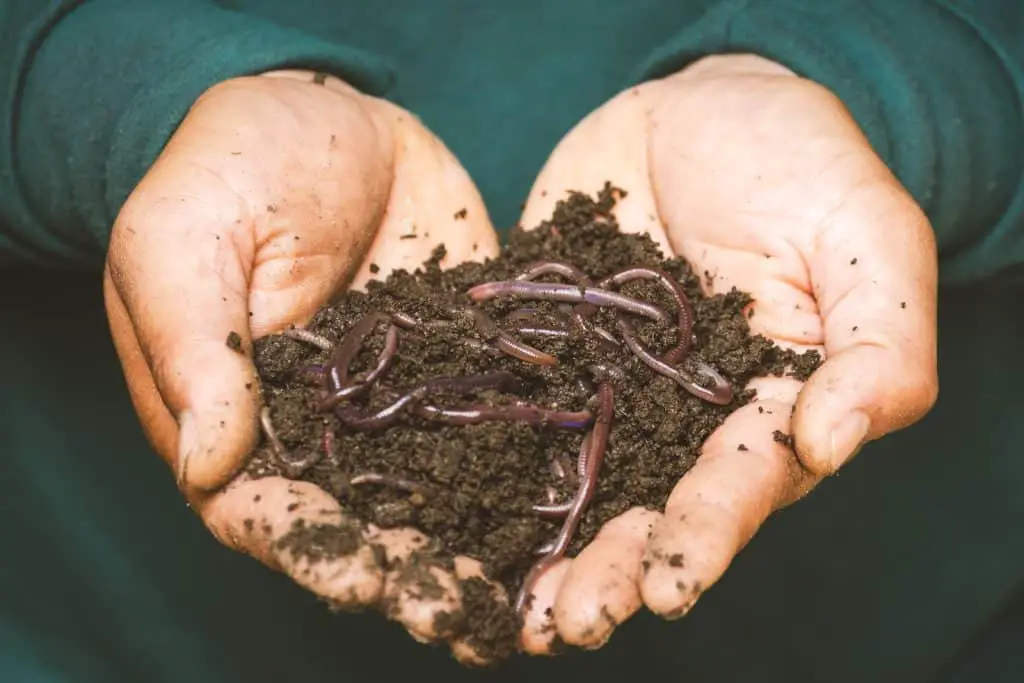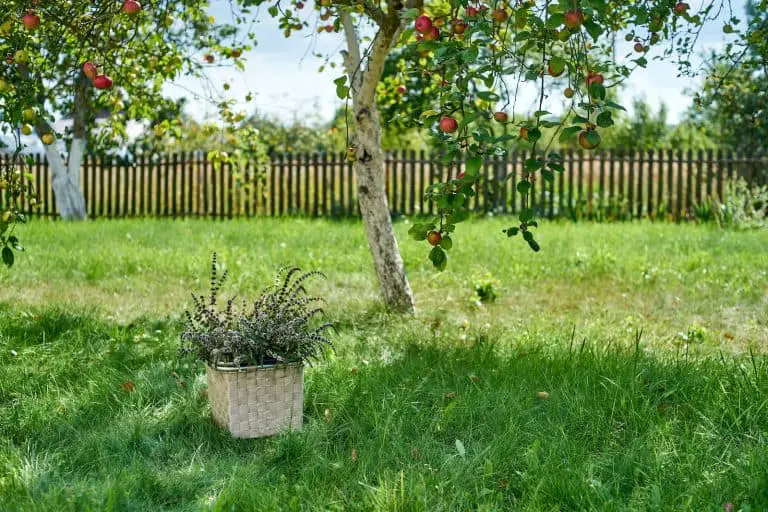Spring is here, which means it’s time to start thinking about your garden! One of the best ways to ensure a healthy, productive garden is to use worms for composting. Not only do they help aerate the soil, but they also add nutrients that your plants will love. Plus, they’re really easy to find if you know where to look. Here are 10 easy steps for finding worms in your backyard.
Finding worms in your backyard as a fun activity

Looking for a fun summer activity that the whole family can enjoy? Why not try finding worms in your backyard? Worms are an important part of the ecosystem, and they are a lot of fun to find. Plus, it’s a great way to get your kids interested in nature.
Steps on how to find worms in your backyard
If you like to collect worms, here are some tips on how to find them:
1. Look for areas of your yard that are moist and cool.
Worms like to stay in damp, shady areas when the weather is warm. Wet soil is the perfect habitat for worms, so look for areas that are moist but not soggy.
If you have a garden, pay close attention to the areas around your plants. Worms are attracted to moist soil and will often be found near the roots of plants. Moist places attract worms because they provide the perfect environment for them to live in.
Worms need moisture to survive, so they are often found near sources of water. Check areas around ponds, streams, or other bodies of water.
2. Check beneath rocks and logs.
Flip them over and see if there are any worms hanging out underneath. If it’s a sunny day, you’re more likely to catch worms in shady areas.
Rocks and logs are great places to look for worms because they provide the moisture and darkness that worms like. Plus, flipping over rocks is a great way to see what other creatures are living in your backyard.
Just be careful not to disturb the habitat of other animals, such as snakes or mice. And, if you’re allergic to bees, be sure to wear long sleeves and pants when flipping over logs since bees’ nests are often found beneath them.
If you don’t find any worms underneath rocks or logs, try moving them to a different location. Worms are often underground and may not come out until they feel safe.
If you’re still having trouble finding worms, try using a flashlight to look for them at night. Worms are attracted to light and will often come towards it.
3. Feel around in your mulch pile.
If you have a compost bin or mulch pile in your yard, chances are there are some worms in there! Worms love organic matter, so these are great places to look for them.
To find worms in your mulch pile, simply feel around for them. They’re often hiding just beneath the surface. If you have a large compost bin, you may need to dig around a bit to find them.
Another good place to look for worms is in leaf piles. If you have leaves that have fallen from trees, there’s a good chance there are worms in there. Just be careful not to disturb any other animals that may be living in the leaf pile.
4. Go after a rainstorm.
After it rains, worms often come up to the surface in search of food. This makes them easier to find.
Look for worms on sidewalks, driveways, and other concrete surfaces. They are often found near these areas because they are attracted to moisture.
Another good place to look for worms is in puddles that have formed after it rains. Just be careful not to step in them, as worms may be hiding just below the surface.
Of course, you can always go out after it rains and look for worms that have surfaced.
5. Look for bird nests.

Birds often build their nests on top of worm burrows, so if you find a bird nest you may be able to find some worms too.
To find a bird nest, look in trees or on top of buildings. Birds often build their nests in these locations.
If you see a bird flying into a hole in a tree or building, there’s a good chance there’s a nest inside. Take a look and see if you can spot any worms.
Keep in mind that you should only look in bird nests if you’re sure the birds are no longer using them. If you disturb an active nest, you could end up harming the birds.
6. Probe the ground with a stick.
Gently poke the ground in different areas with a stick or screwdriver. If there are any worms present, they’ll probably wiggle their way up to the surface.
Of course, this method is only effective if there are worms present in the area you’re probing. But it’s definitely worth a try!
When poking the ground with a stick, be careful not to damage any plant roots that may be present. And, if you’re allergic to bees, be sure to wear long sleeves and pants to avoid getting stung.
7. Check around fruit trees.
Worms are attracted to ripe fruit, so check under trees and bushes where the fruit has fallen to the ground. You may find some worms there!
Of course, you should only look for worms around fruit trees if you’re sure the fruit is no longer edible. If you eat fruit that has fallen to the ground, you could end up getting sick.
When looking for worms around fruit trees, be careful not to disturb any other animals that may be living in the area, such as snakes or mice.
8. Visit your local bait shop.
If you’re having trouble finding worms in your own backyard, you can always visit your local bait shop and purchase some there.
Of course, this method is not free. But it’s a surefire way to get your hands on some worms!
When visiting your local bait shop, be sure to ask about how the worms were raised and what they were fed. You want to make sure you’re getting high-quality worms that will be good for fishing. They sell worms that have been raised in captivity and are free of parasites.
9. Try using a worm catcher.
You can buy or make a simple contraption that’s designed specifically for catching worms!
To make a worm catcher, all you need is a bucket, some dirt, and a piece of chicken wire. Cut a small hole in the bottom of the bucket, then cover it with chicken wire. Fill the bucket with dirt, then put it in your backyard overnight. In the morning, lift the chicken wire to see if any worms have fallen into the bucket.
If you don’t want to make your own worm catcher, you can always buy one at your local bait shop or online.
Using a worm catcher is a great way to get worms without having to dig around in the dirt. And it’s a lot of fun for kids too!
10. Set out some food as bait.
You can put out some pieces of fruit or vegetables as bait and wait for the worms to come to you! Once they’re clustered together, you can scoop them up with a spade or shovel and transfer them to your garden bed or compost bin.
Of course, this method requires a bit of patience. But it’s definitely worth it if you’re looking for a large number of worms.
When setting out food as bait, be sure to choose something that won’t attract other animals, such as rats or raccoons. You don’t want those critters getting into your bait!
Worm charming
Worm charming is a method of finding worms that has been used for centuries. It involves using noise and vibrations to attract worms to the surface of the ground.
To try worm charming, all you need is a spade or shovel and something to make noise with, such as a drum or a stick. Simply strike the ground in different areas until you see worms start to surface. Then, scoop them up with your spade or shovel and transfer them to your garden bed or compost bin.
Worm charming is a great way to find worms if you’re patient enough. And it’s definitely a lot of fun!
Ways of composting worms

There are many different ways to compost with worms. Here are a few of the most popular methods:
Worm bins: Worm bins are specially designed containers that can be used to compost with worms. They typically have multiple levels, which allows for better aeration and drainage.
Compost piles: You can also compost with worms in a simple compost pile. Just make sure to bury the worms beneath the other materials in the pile, so they don’t get too hot.
Trench composting: Trench composting is a great way to compost with worms if you have a large garden bed. To do this, simply dig a trench in your garden bed and fill it with compostable materials. Then, add some worms to the trench and cover them up with soil. The worms will do the rest!
Composting with worms is a great way to reduce your food waste and improve the quality of your soil. And it’s a lot of fun too!
Summary: How to find worms in your backyard?
Now that you know where to look, go out and see how many worms you can find! Just remember to put them back where you found them when you’re done. Happy hunting!
As you can see, there are many different ways to find worms in your backyard. So get out there and start exploring! Who knows what you’ll find?
Happy worm hunting!
For other backyard ideas, check to Create your Own Small Backyard Paradise and Garden Scents: How to Make Your Backyard Smell Good


